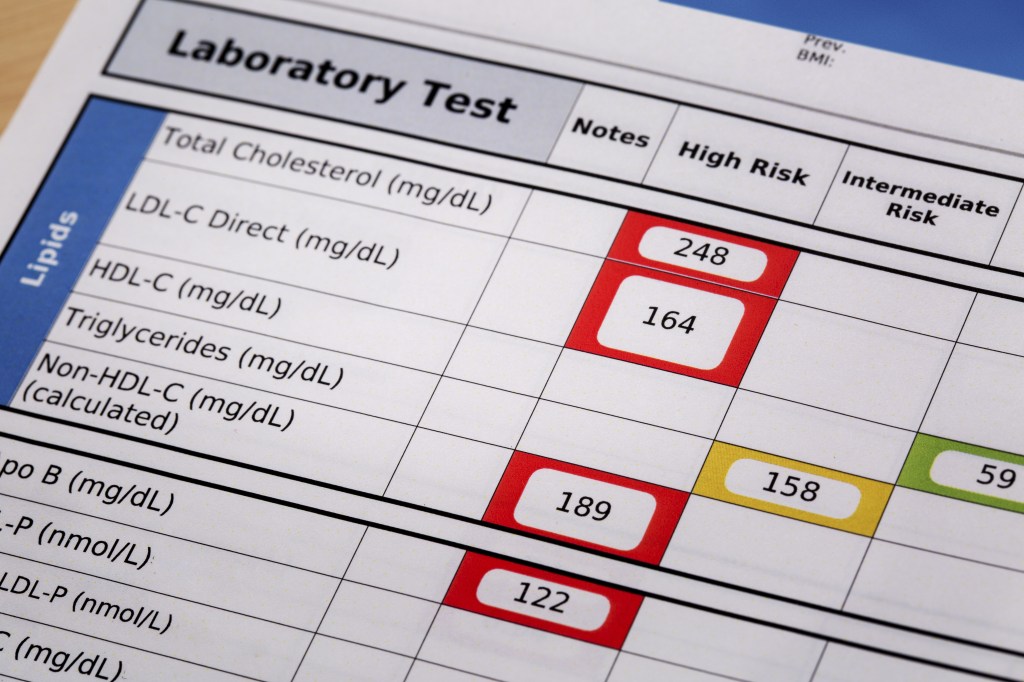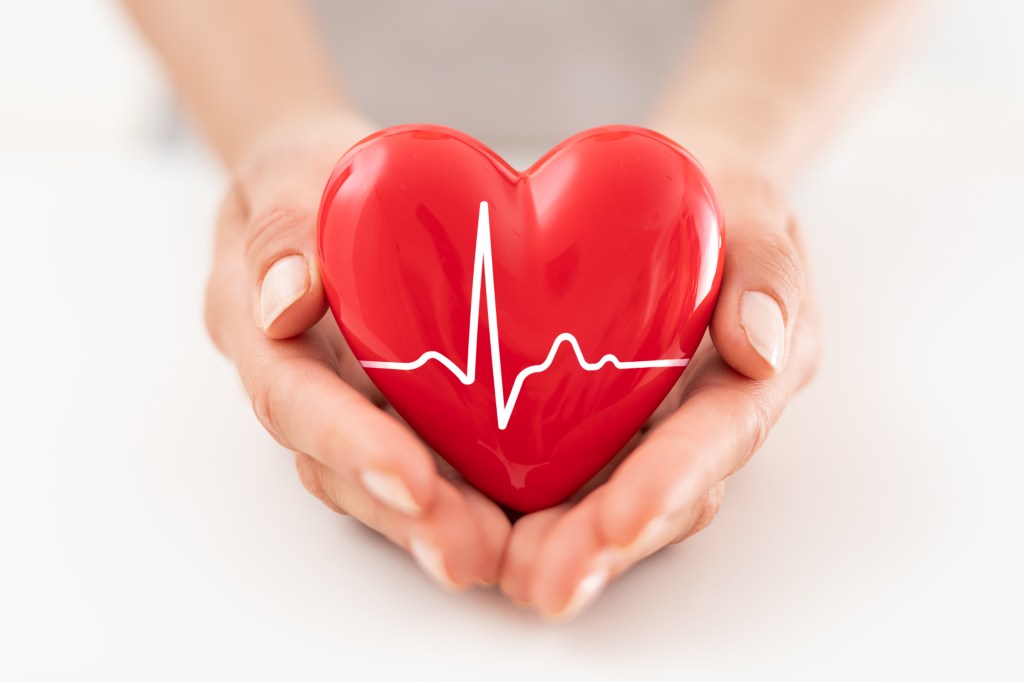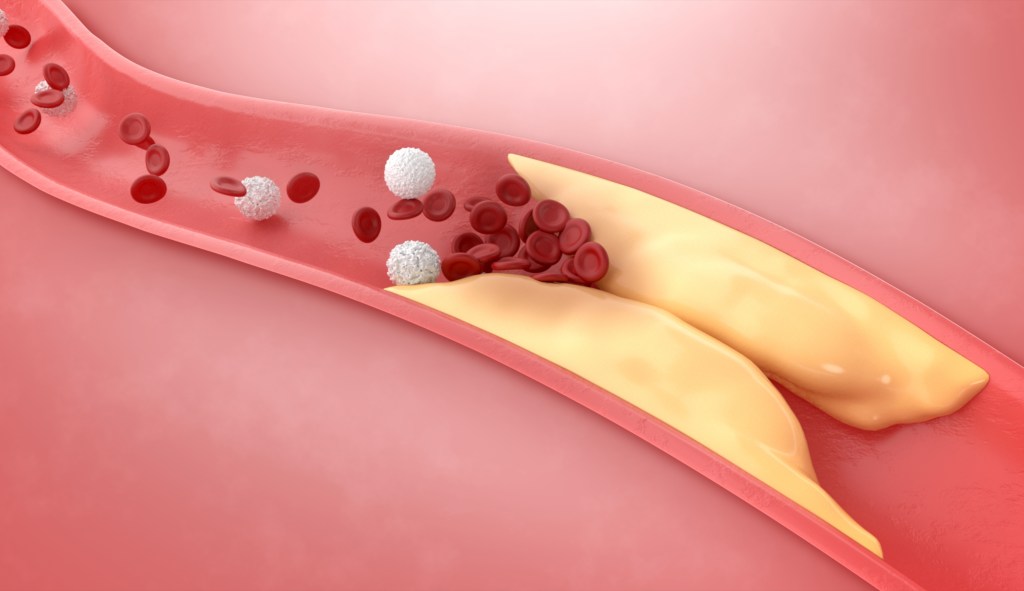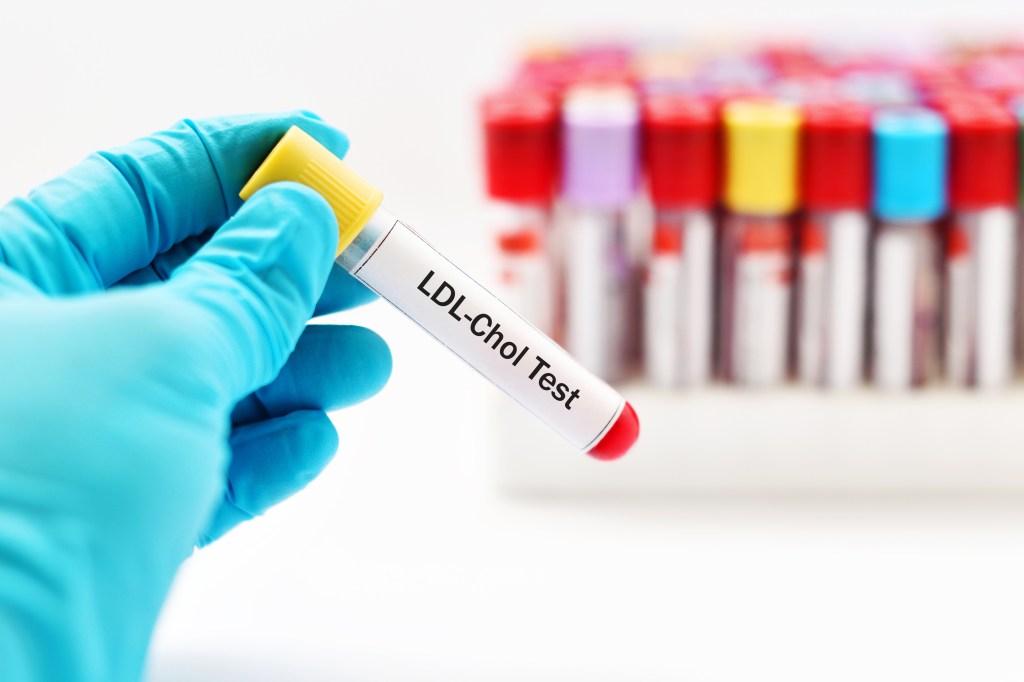At a glance
LDL cholesterol is often linked to poor cardiovascular health, yet it also plays an important role in supporting cell structure, hormone production, and nerve function. Its impact on the body depends largely on the size and density of its particles. Understanding these differences can help you better interpret cholesterol test results and recognize which lifestyle habits contribute to a healthy cholesterol balance.
LDL cholesterol refers to a group of lipoproteins that transport cholesterol from the liver to the cells and tissues.
While LDL cholesterol is often considered harmful and linked to arterial plaque, its impact on cardiovascular health depends on the size of its particles.
Discover the different types of LDL cholesterol, their associated health risks, and how to maintain healthy lipid levels.
What is LDL cholesterol?
LDL cholesterol refers to low-density lipoprotein, a lipid-protein complex that transports fatty acids and cholesterol from the liver to cells, tissues, and organs.
It’s commonly referred to as bad cholesterol, as high blood LDL cholesterol concentrations are linked to an increased risk of plaque formation in arteries, which contributes to heart disease and stroke.
HDL vs. LDL cholesterol
The liver produces two types of lipoproteins that transport cholesterol through the blood vessels: high-density lipoprotein (HDL) cholesterol and low-density lipoprotein (LDL) cholesterol.
HDL cholesterol is widely known as good cholesterol. HDL lipoproteins carry cholesterol from the arteries, cells, and tissues back to the liver for removal, which explains why they help reduce the risk of arterial plaque formation.
Conversely, LDL cholesterol carries cholesterol from the liver to the body’s cells and tissues, where it’s utilized to build cell membranes, produce hormones, and facilitate nerve function.
Watch the video below to learn more about LDL cholesterol.
Is LDL cholesterol bad?
Although high LDL levels can contribute to arterial blockage, there are two primary types of LDL particles, which may not pose the same risk for cardiovascular disease, heart attack, or stroke.
These include large-buoyant and small-dense particles, also known as type A and B LDL cholesterol.
Because type A LDL particles are large and less likely to penetrate artery walls, they pose a lower risk for cardiovascular disease.
In contrast, type B LDL particles are small, dense, and more prone to oxidation. This makes them more likely to contribute to arterial plaque buildup and, consequently, heart attacks and stroke.
“Type A LDL is big and fluffy, so it isn’t involved in plaquing or clotting,” explains Dr. Berg. “However, small-dense particles can enter the epithelial wall and cause plaque formation.”

What is considered high LDL?
Total cholesterol testing assesses HDL and LDL levels, the HDL-to-LDL ratio, and triglycerides, which are blood lipids that the body uses for energy production or storage.
General guidelines recommend that adults over 20 maintain total blood cholesterol levels below 200 milligrams per deciliter (mg/dL).
According to the Centers for Disease Control (CDC), LDL cholesterol should ideally be below 100 mg/dL, though levels under 130 mg/dL are generally considered acceptable.1
For individuals with coronary artery disease (CAD), doctors often recommend keeping LDL below 70 mg/dL to reduce cardiovascular risk.
Total cholesterol levels of 240 mg/dL or higher, along with LDL levels of 160 mg/dL or more, are classified as elevated, increasing the risk of arterial plaque buildup and heart disease.

Health risks of high LDL
Due to its small, compact size, too much LDL cholesterol type B can penetrate the arterial walls and contribute to fatty deposits or plaquing in the blood vessels.
This condition, known as atherosclerosis, causes the arteries to narrow and harden, gradually restricting blood flow to the heart, organs, and other areas of the body.
By impairing proper circulation, atherosclerosis significantly increases the risk of cardiovascular disease, CAD, angina, heart attacks, and stroke.
To reduce the health risks associated with high LDL cholesterol levels, the National Heart, Lung, and Blood Institute (NHLBI) recommends that low-risk adults younger than 45 have their cholesterol tested every five years.2
Additionally, men aged 45 to 65 and women aged 55 to 65 should have their cholesterol checked every one to two years, while those over 65 should undergo annual testing.

What causes high LDL?
The liver converts excess carbohydrates into fatty acids, which triggers the production of type B LDL cholesterol to transport these lipids through the body. This explains why a high-carb diet is one of the primary causes of elevated LDL cholesterol.
In addition, certain saturated and trans fats in ultra-processed food also contribute to LDL cholesterol. Trans fats are particularly harmful to health, as they not only lower beneficial HDL but also raise type B LDL cholesterol.
However, saturated fats from nutritious animal foods such as dairy, eggs, and meat have been found to raise type A LDL cholesterol, which typically isn’t a cause for concern.
Other risk factors for developing high LDL include:
- Family history of high cholesterol
- Obesity
- Substance abuse
- Sedentary lifestyle
- Stress
- Sleep deprivation
- Age (over 40)
- Menopause
Additionally, chronic conditions, such as heart disease, high blood pressure, diabetes, and kidney disease, can contribute to metabolic imbalances and high cholesterol.

How to maintain healthy cholesterol levels
While cholesterol is needed for hormone synthesis and other vital physiological functions, too much cholesterol, especially type B LDL, can harm health and increase the risk of heart disease.
Fortunately, there are several ways to maintain optimal cholesterol levels naturally.
1. Follow a nutritious low-carb diet
Although saturated fats from ultra-processed foods may increase the risk of cardiovascular disease when combined with high-carb intake, there is no evidence that a high-fat diet contributes to elevated type B LDL cholesterol.
Contrarily, research shows that a high-fat diet may improve cholesterol levels and reduce the risk of adverse health outcomes.
A study published in Experimental and Clinical Cardiology found that the ketogenic diet significantly reduced risk factors for high cholesterol, including body weight, and “…decreased the level of triglycerides, LDL cholesterol, and blood glucose, and increased the level of HDL cholesterol.”3
2. Regular physical activity
Regular exercise improves overall cardiovascular health compared to a sedentary lifestyle and helps increase beneficial HDL while lowering harmful LDL.
Research published in Sports Medicine found that high-intensity aerobic exercises, such as brisk walking, running, or cycling, increased HDL concentrations while reducing harmful LDL cholesterol and triglyceride levels.4

3. Prioritize a healthy lifestyle
Discontinuing habits such as smoking, drug use, and alcohol consumption is vital for reducing high cholesterol levels.
Substance abuse can cause liver damage, which impairs the body’s ability to remove and eliminate potentially harmful LDL cholesterol from the blood effectively.
Chronic stress also triggers cholesterol production to meet the body’s increased need to synthesize steroid hormones such as cortisol. Relieving stress through deep-breathing techniques, rest, and relaxation can help maintain hormonal balance and support optimal cholesterol levels.
Additionally, poor sleep is associated with an increased risk of metabolic imbalances and high cholesterol levels. Aim to get around eight hours of uninterrupted sleep to support balanced cholesterol production and overall well-being.

How to test your cholesterol levels
Your healthcare provider can evaluate cholesterol levels using a lipoprotein or lipid panel test, which typically measures cholesterol blood concentrations in mg/dL.
These blood tests include markers such as total cholesterol levels, LDL cholesterol, HDL cholesterol, and triglycerides.
However, those looking for a more complete picture of their LDL cholesterol levels should request an advanced lipid profile test, which provides a ratio of type A and type B particles.
If an advanced lipid profile test is unavailable, you can use your total cholesterol results to estimate particle size and your relative risk of heart disease.
High triglycerides, in combination with low HDL cholesterol levels, often indicate an increased risk of elevated type B LDL particles.
In contrast, low triglyceride levels, combined with high HDL concentrations, are more likely to be indicative of type A LDL, which carries a lower risk of adverse health effects.
Key takeaways
- While elevated LDL cholesterol levels are linked to an increased risk of atherosclerosis and adverse cardiovascular outcomes, not all LDL particles are detrimental to health.
- Large-buoyant LDL particles, also known as type A particles, are less likely to contribute to plaque formation, while small-dense type B particles are more strongly associated with plaque build-up and cardiovascular risks.
- A high-carb diet, certain types of dietary fats, family history, obesity, substance use, sedentary habits, chronic stress, poor sleep, age, and menopause can all contribute to cholesterol imbalances.
- An advanced lipid profile test can provide a clearer picture of LDL particle size, offering more insight than a standard cholesterol panel alone.
- Following a nutritious, high-fat, low-carb diet, along with regular exercise, stress management, and quality sleep, can help support a healthy cholesterol balance over time.
FAQ
What is LDL cholesterol?
Low-density lipoprotein (LDL) cholesterol carries cholesterol from the liver into the body’s cells and tissues. It’s commonly known as bad cholesterol due to the association between elevated LDL levels and an increased risk of arterial blockage and heart disease.
What does it mean when your LDL cholesterol is high?
High LDL cholesterol levels may indicate a diet high in carbohydrates or ultra-processed foods, both of which can increase the risk of developing chronic conditions.
Elevated LDL concentrations may also indicate other health problems, such as metabolic syndrome, obesity, chronic kidney disease (CKD), diabetes, high blood pressure, or substance abuse.
How can I get my LDL down?
Obesity, a sedentary lifestyle, and poor dietary habits are risk factors for elevated LDL cholesterol levels. This explains why reducing carbohydrate and sugar intake, exercising regularly, and maintaining a healthy weight can help lower LDL and support balanced cholesterol levels.
Is all LDL cholesterol bad?
No, not all LDL cholesterol is bad. There are two types of LDL cholesterol: large-buoyant and small-dense, also known as type A and B.
Type A LDL particles are large and less likely to contribute to plaque buildup. In contrast, type B LDL particles are smaller and more likely to penetrate arterial walls, increasing the risk of heart attack and stroke.
What causes high LDL?
Many believe a high-fat diet causes elevated LDL. However, elevated LDL cholesterol, particularly harmful type B LDL, is associated with a diet rich in refined carbohydrates and sugars.
Type A LDL cholesterol is linked to a diet high in saturated fat from animal products, such as eggs, meat, and full-fat dairy products, which is typically not a cause for concern.
Why do I have high LDL cholesterol on keto?
Keto dieters may notice an elevation in their LDL cholesterol levels due to an increased intake of saturated fats.
However, it’s crucial to determine which LDL particle type is elevated as those following keto often have higher type A LDL, which doesn’t carry the heart health risks of high type B LDL.
Sources
- https://www.cdc.gov/cholesterol/about/ ?
- https://www.nhlbi.nih.gov/health/blood-cholesterol/diagnosis ?
- https://pubmed.ncbi.nlm.nih.gov/19641727/ ?
- https://pmc.ncbi.nlm.nih.gov/articles/PMC3906547/ ?

















